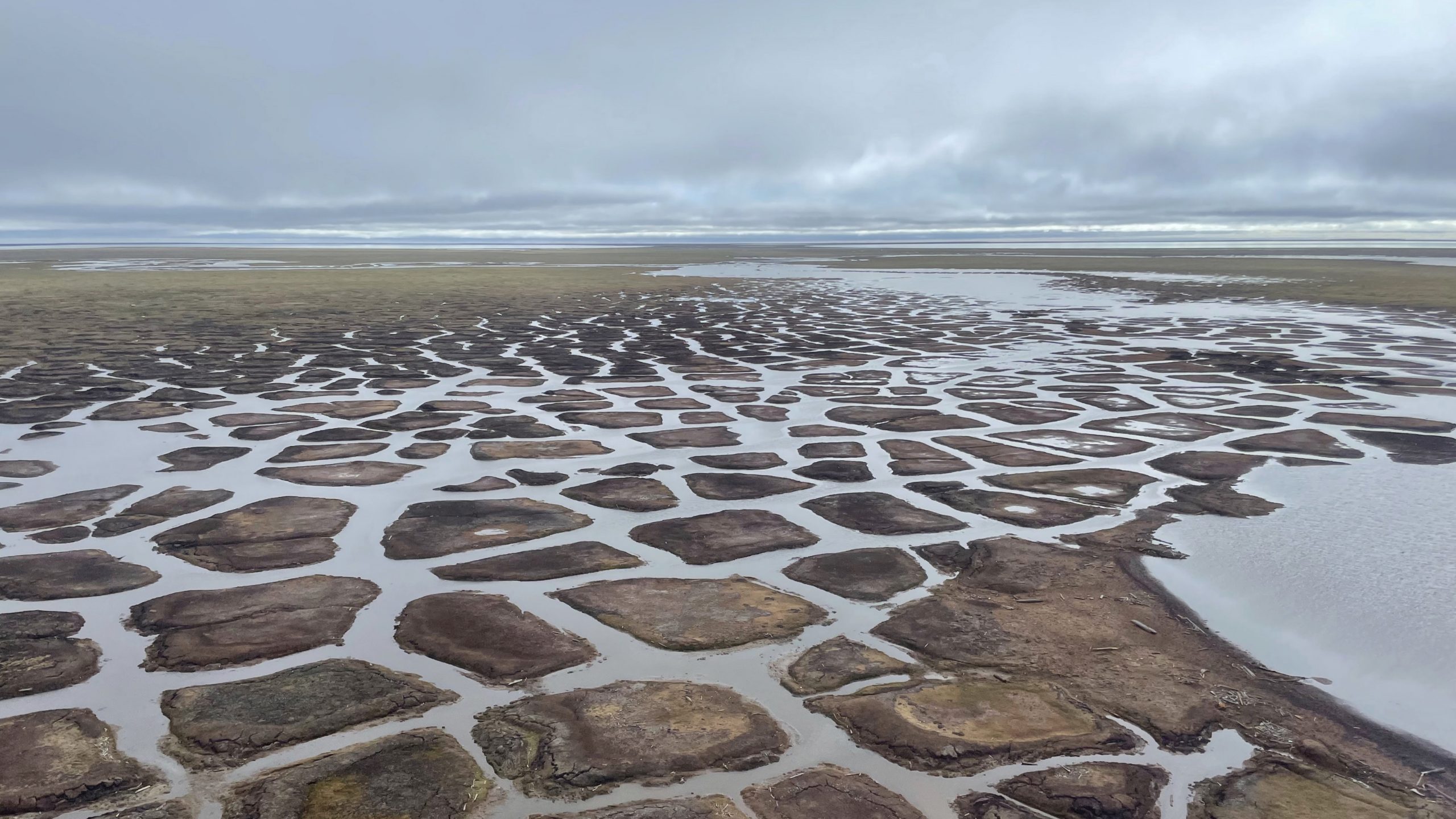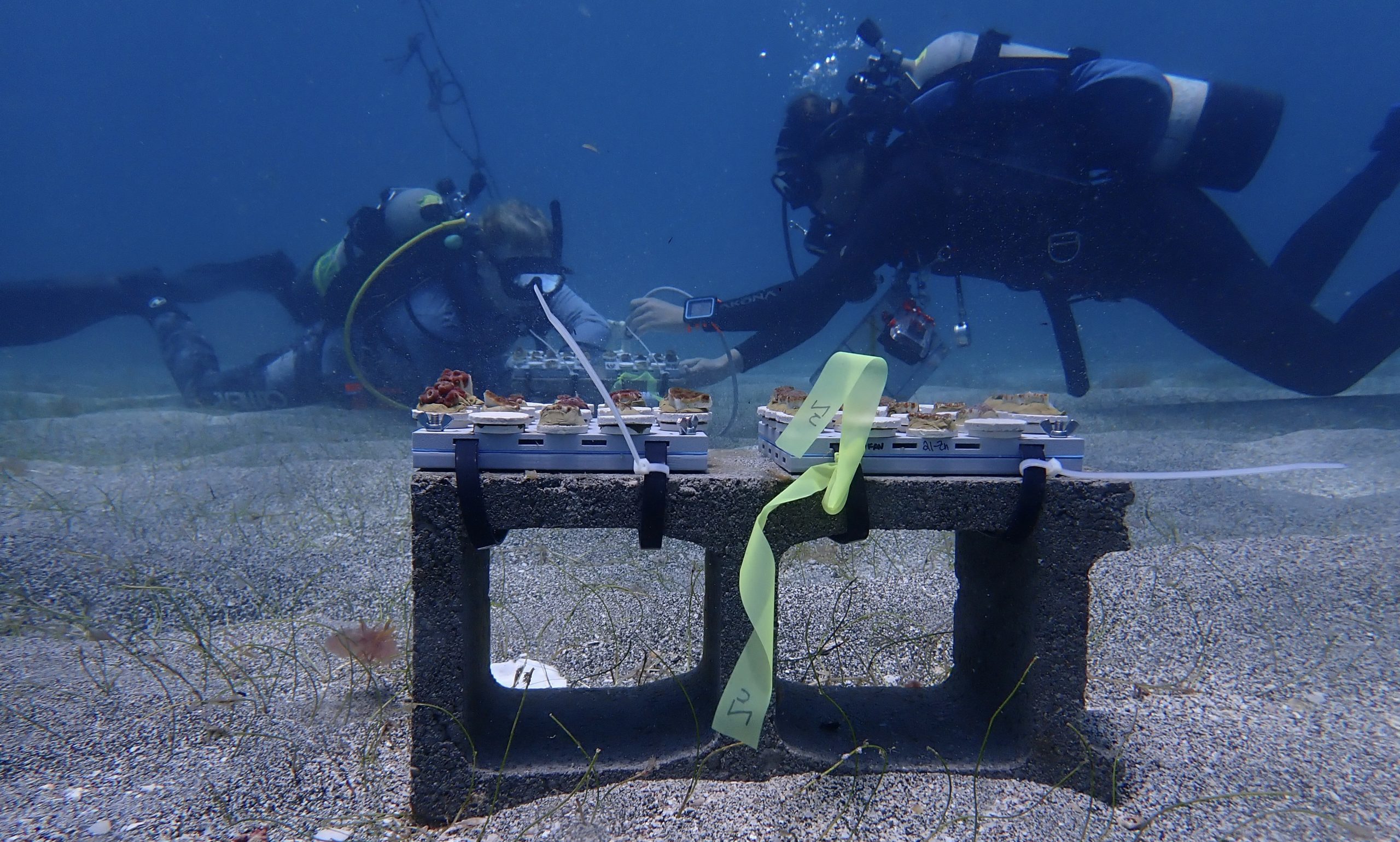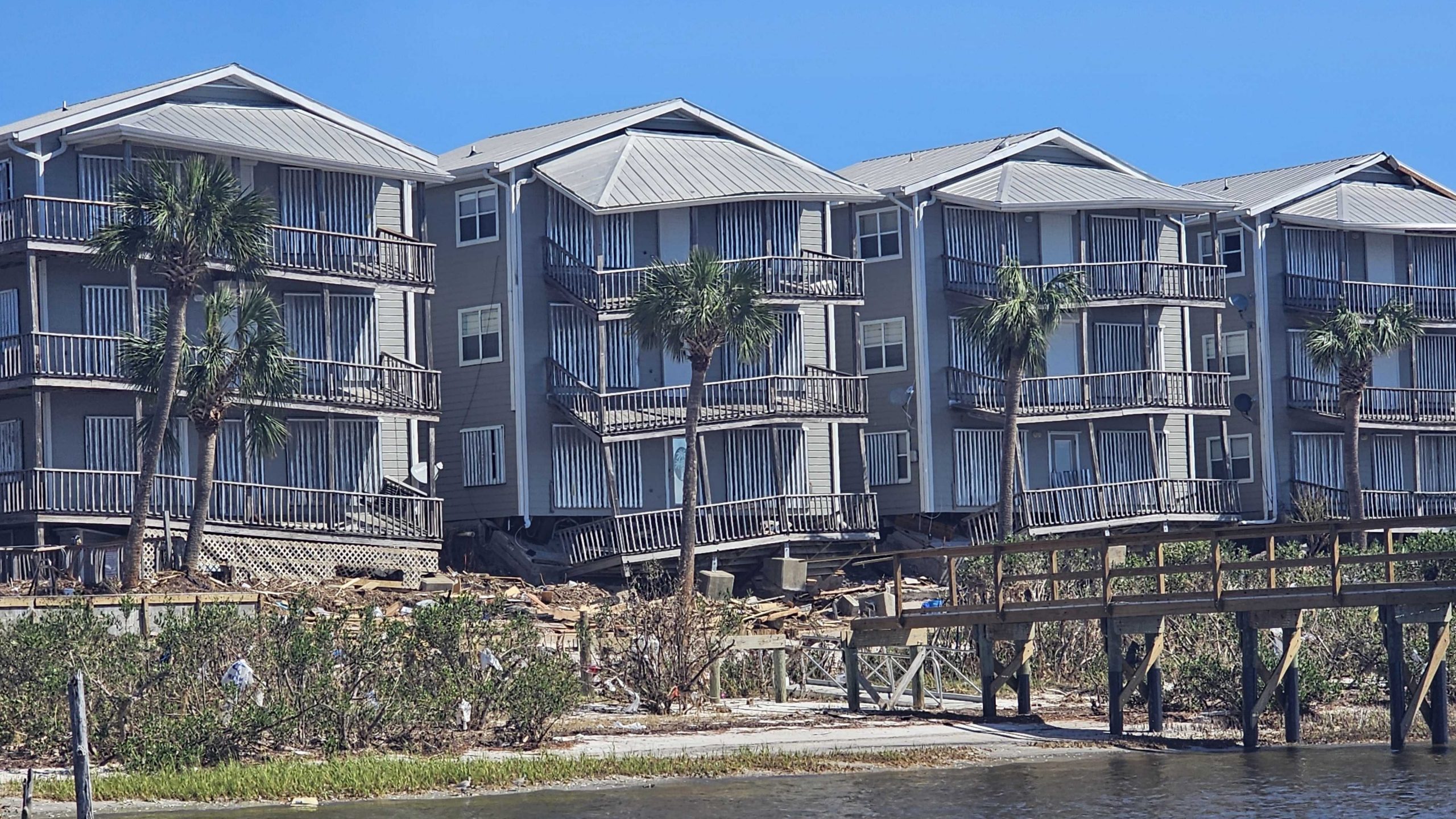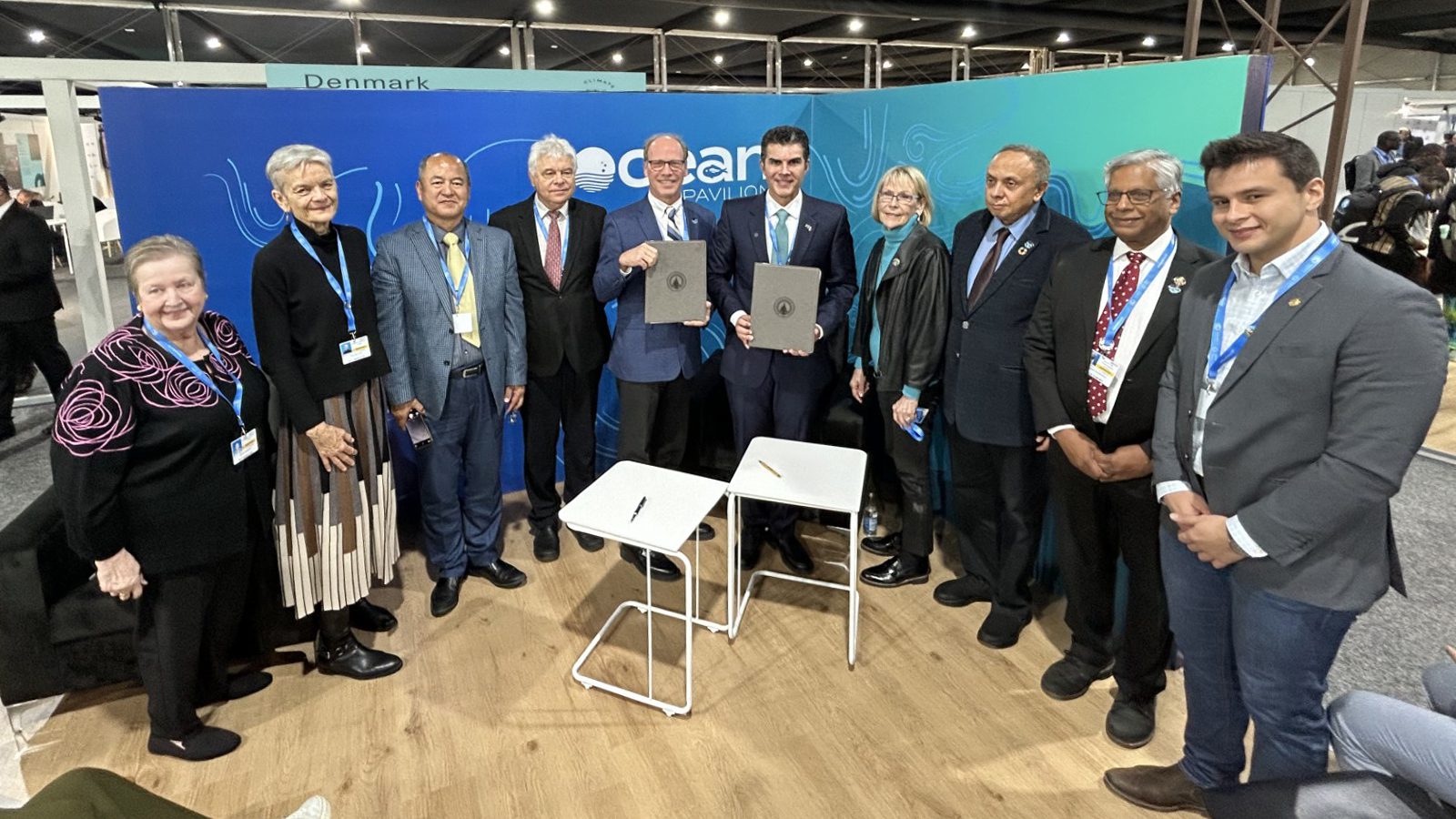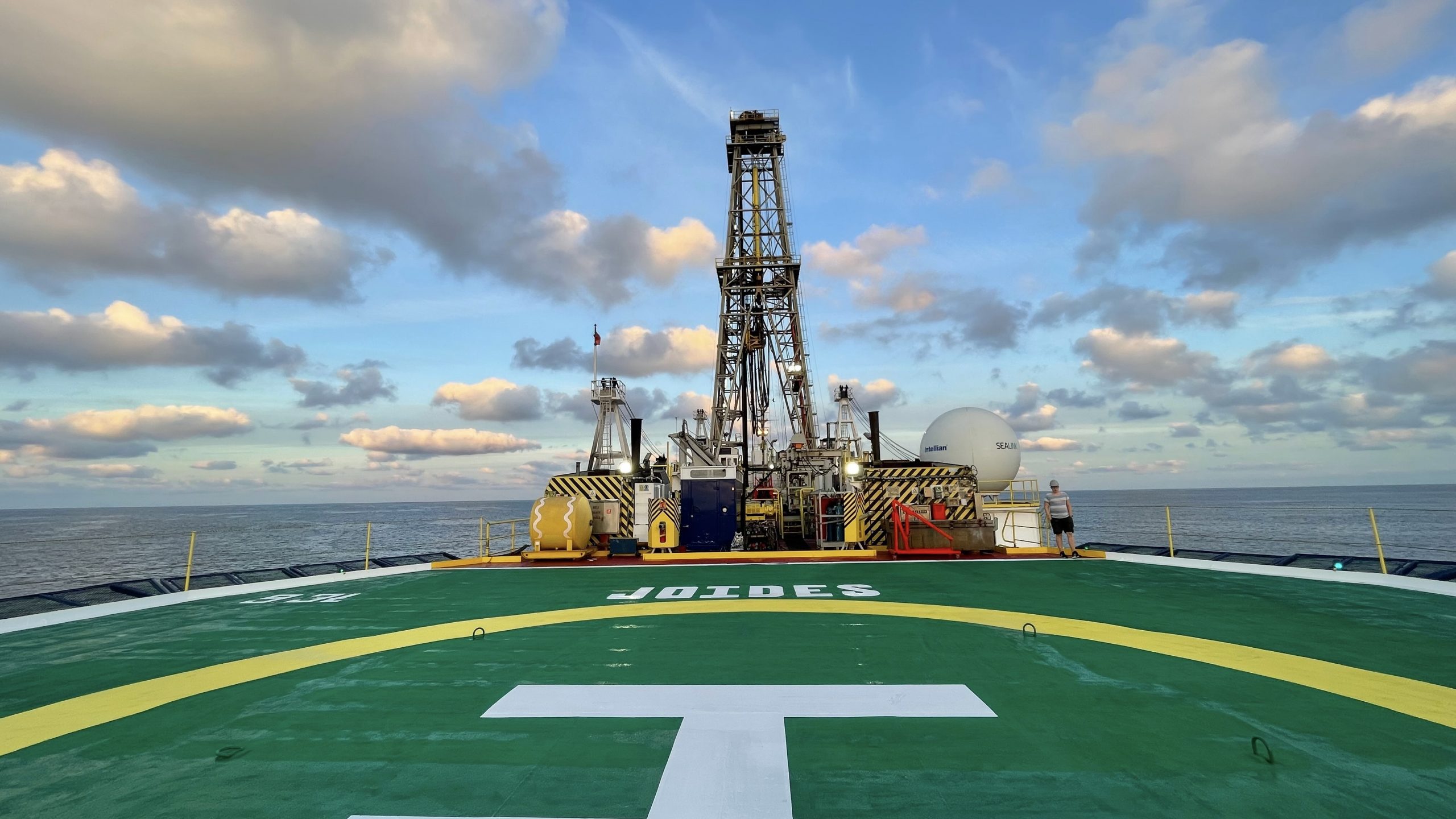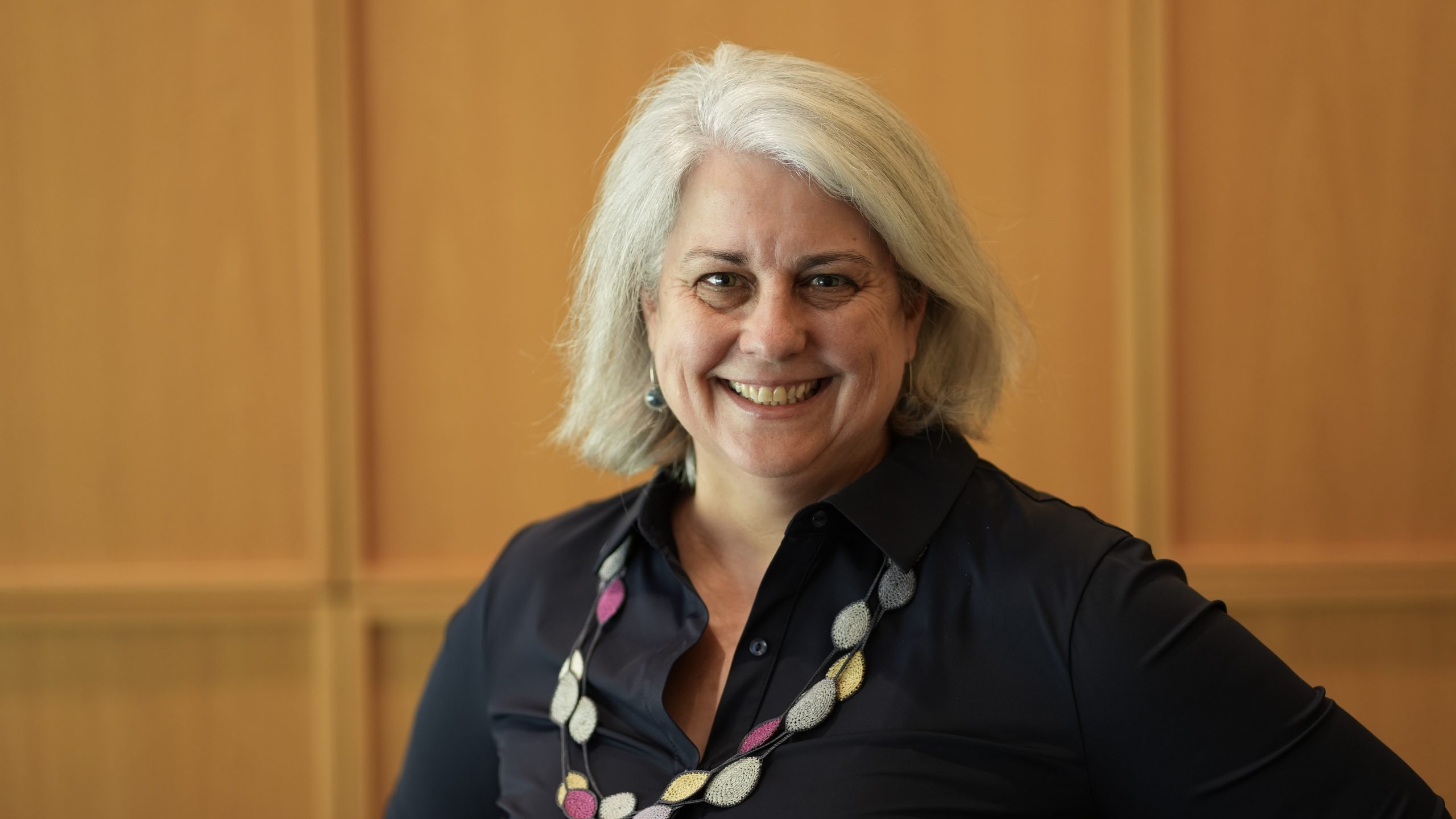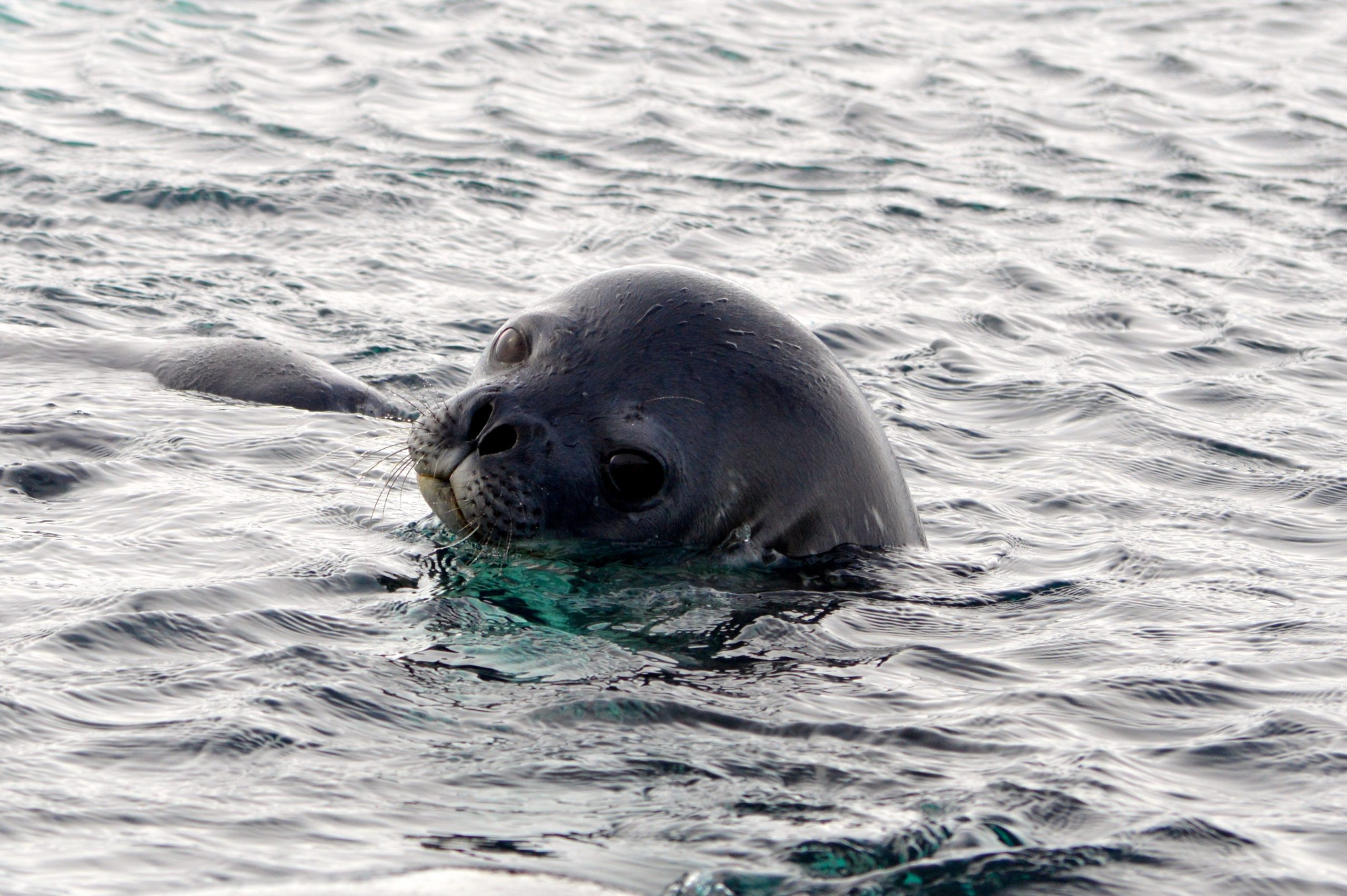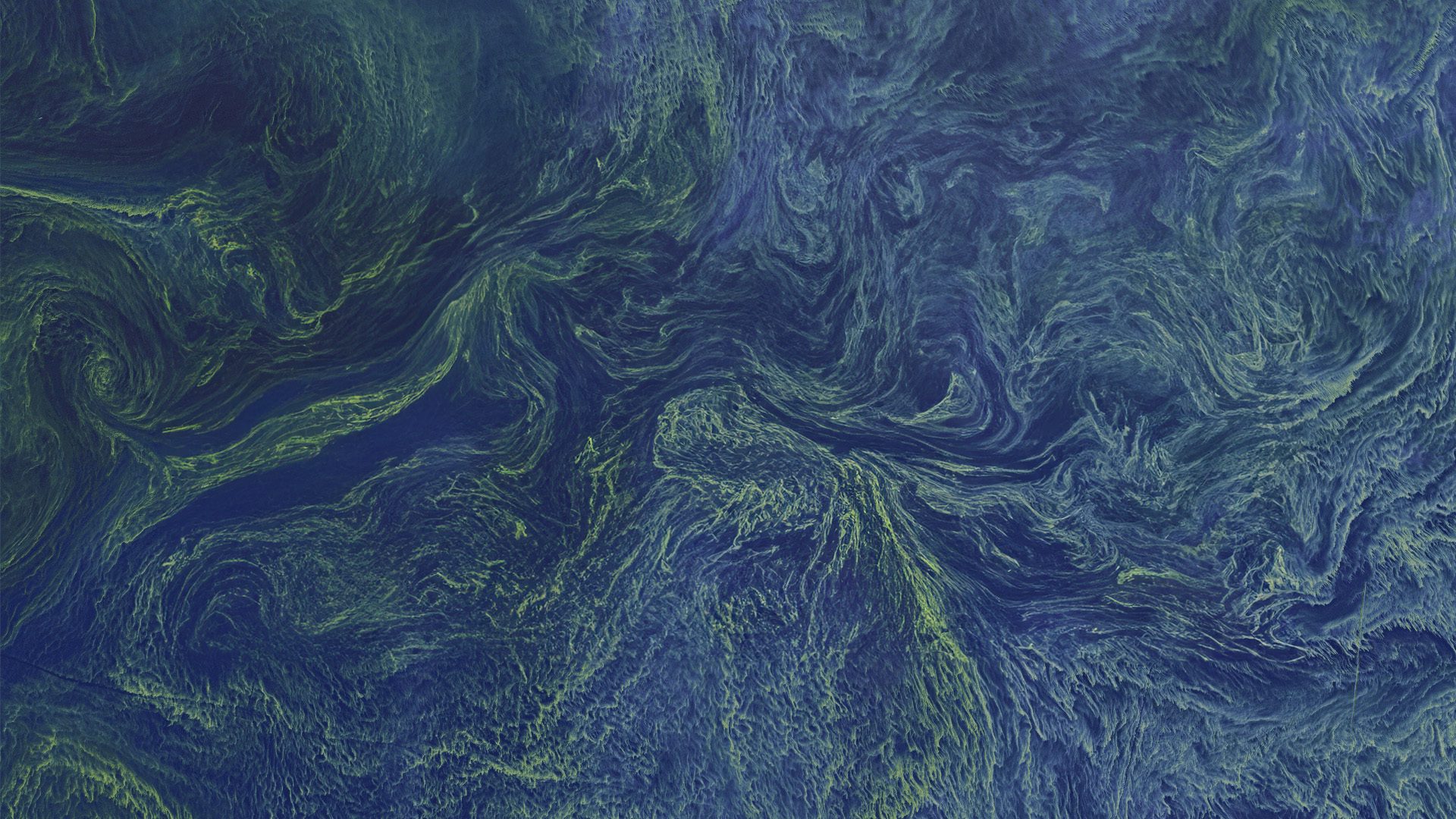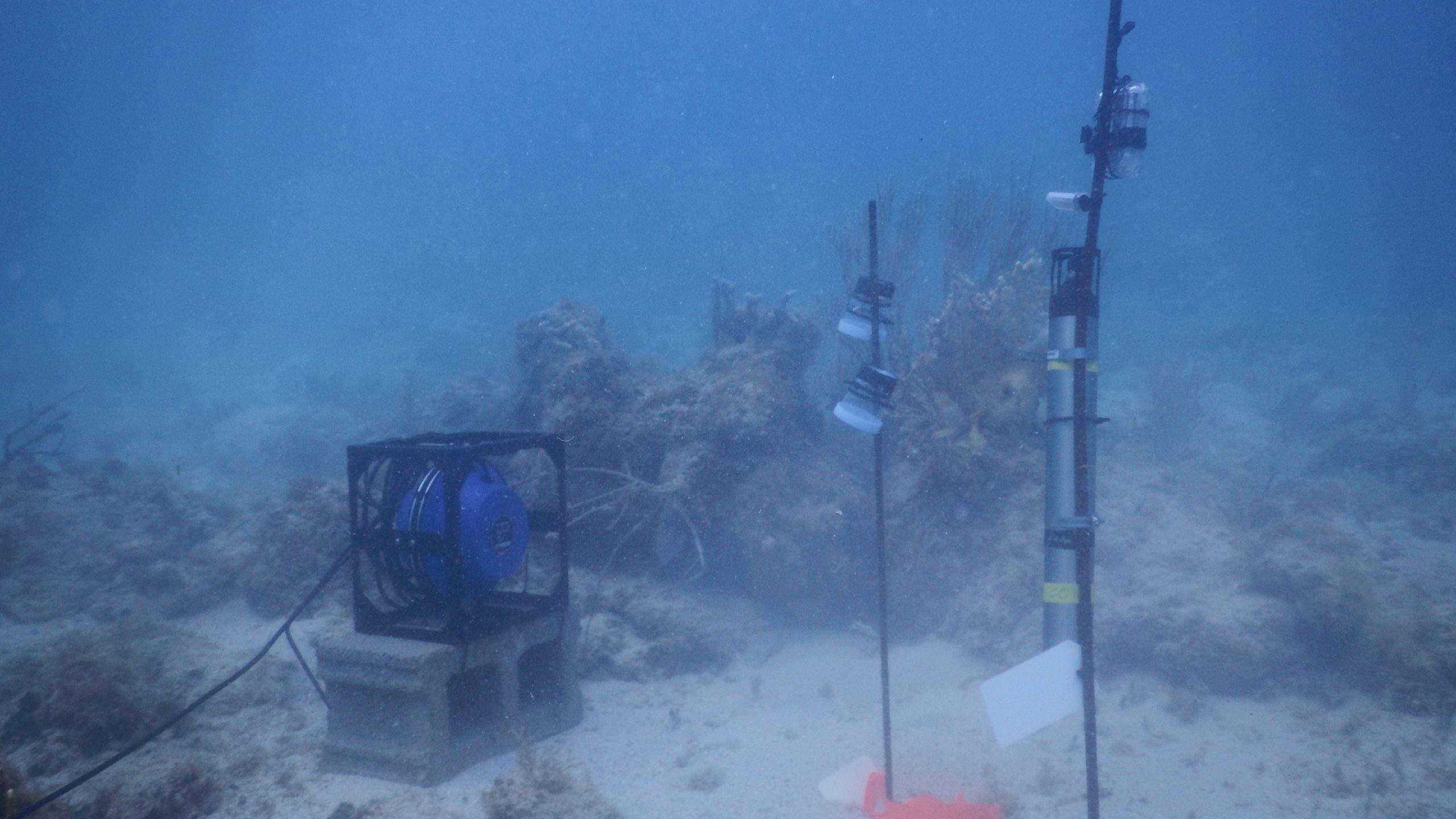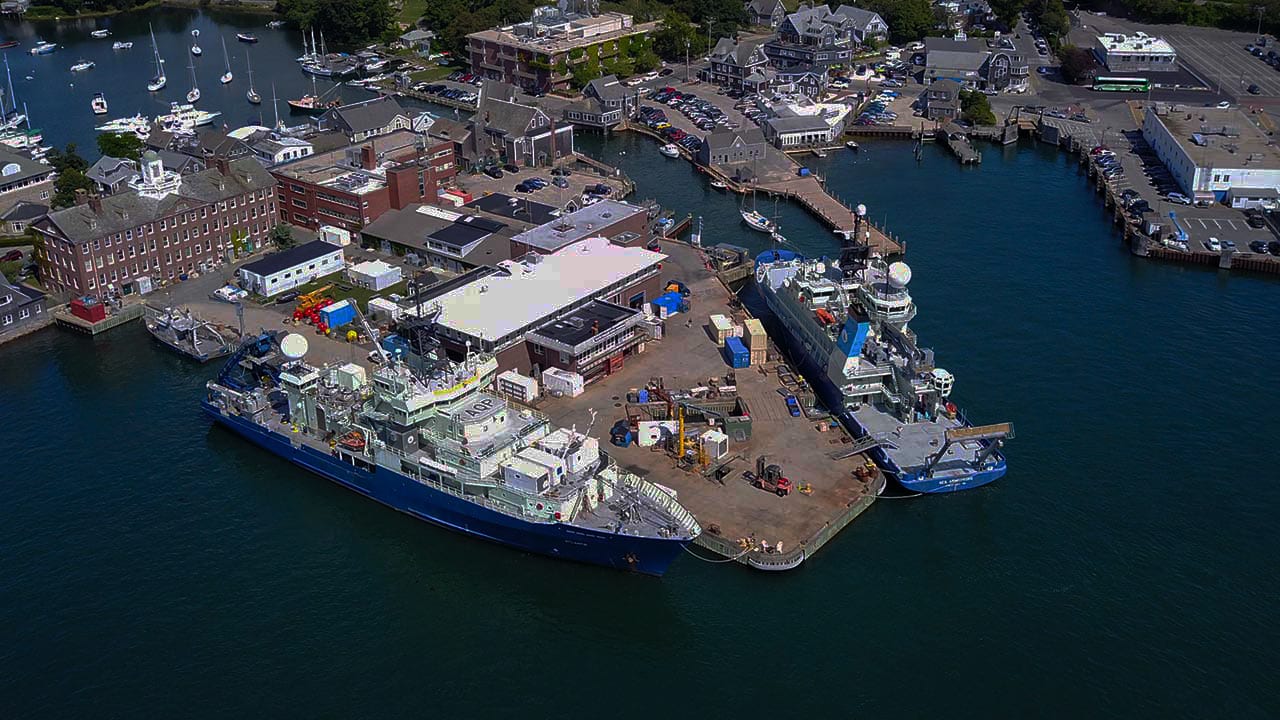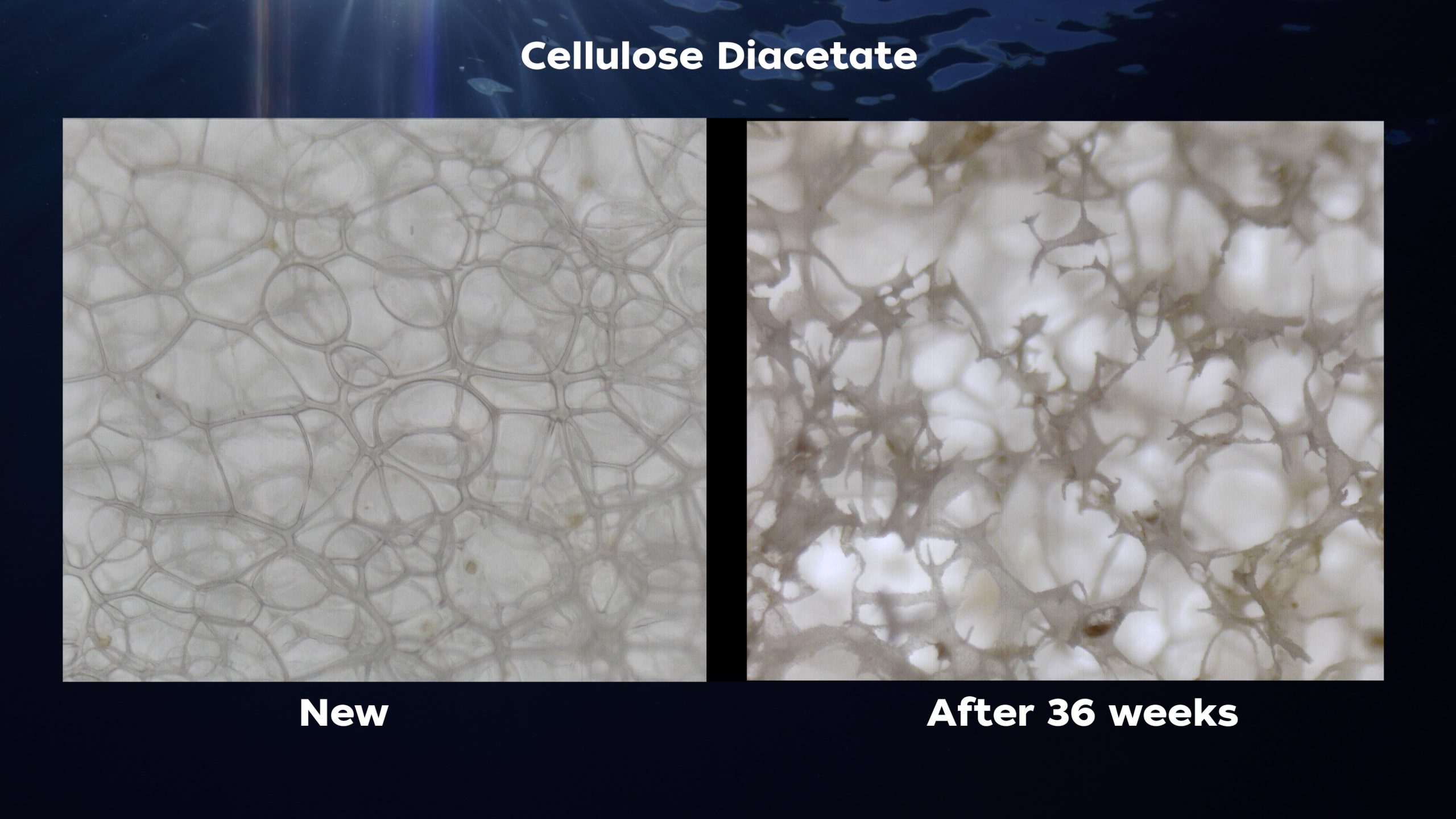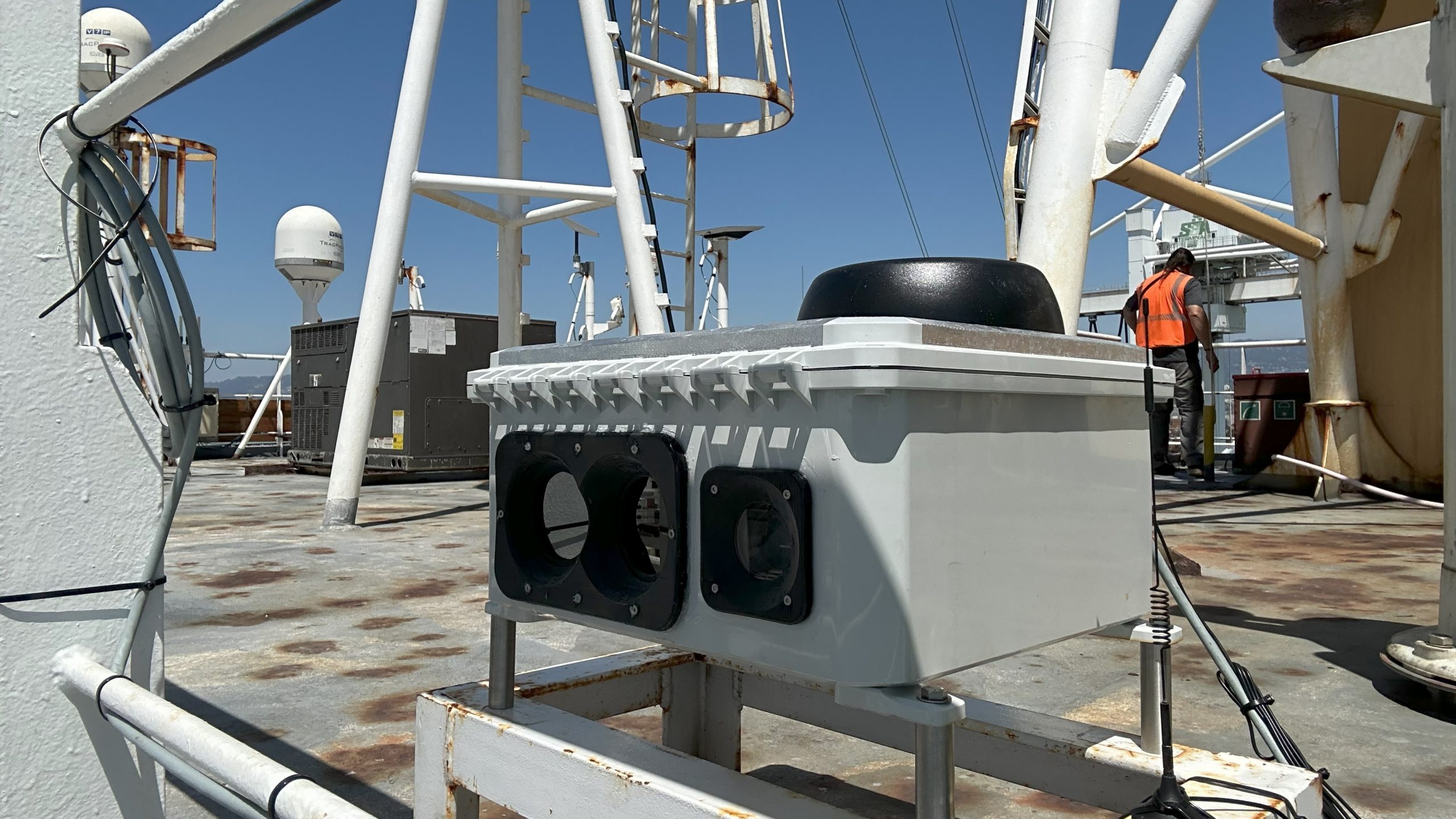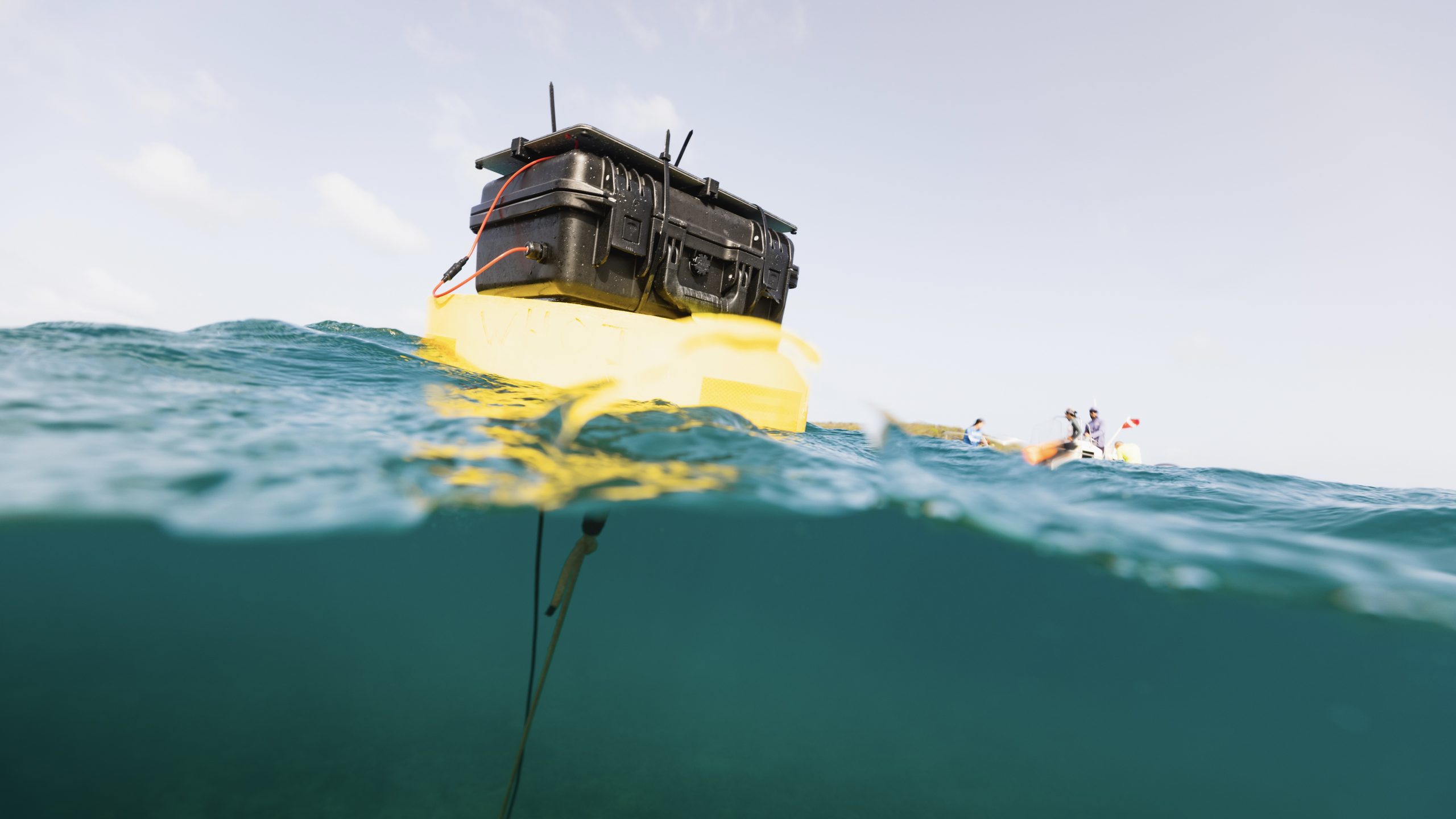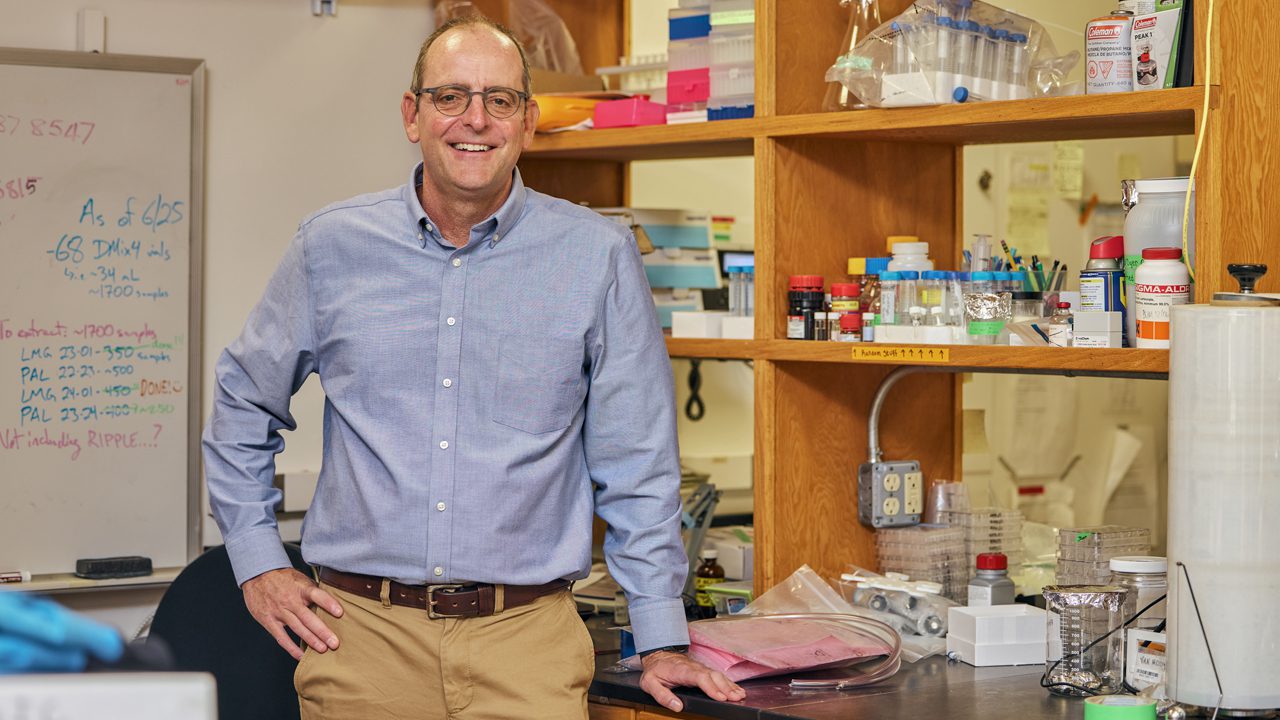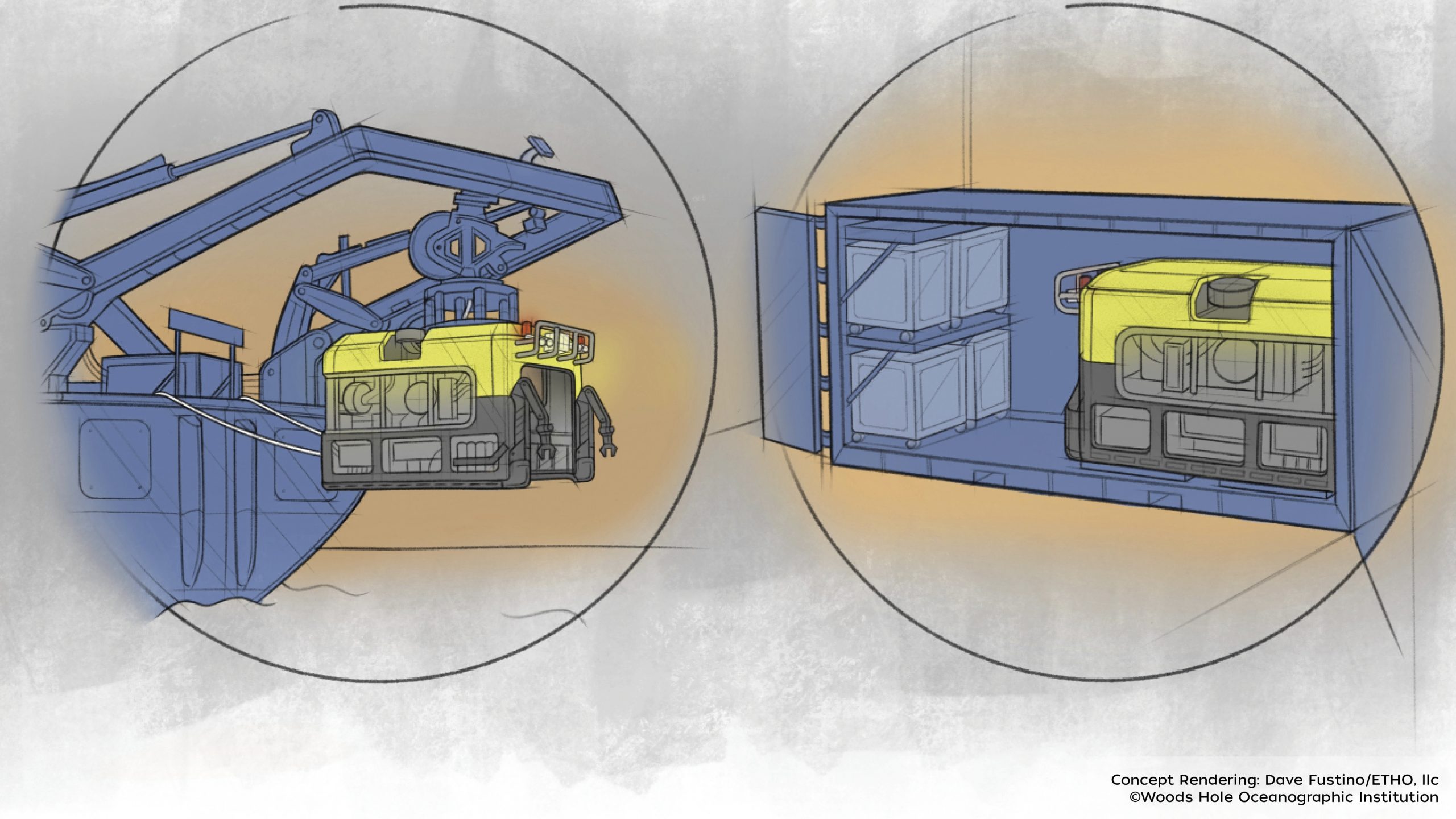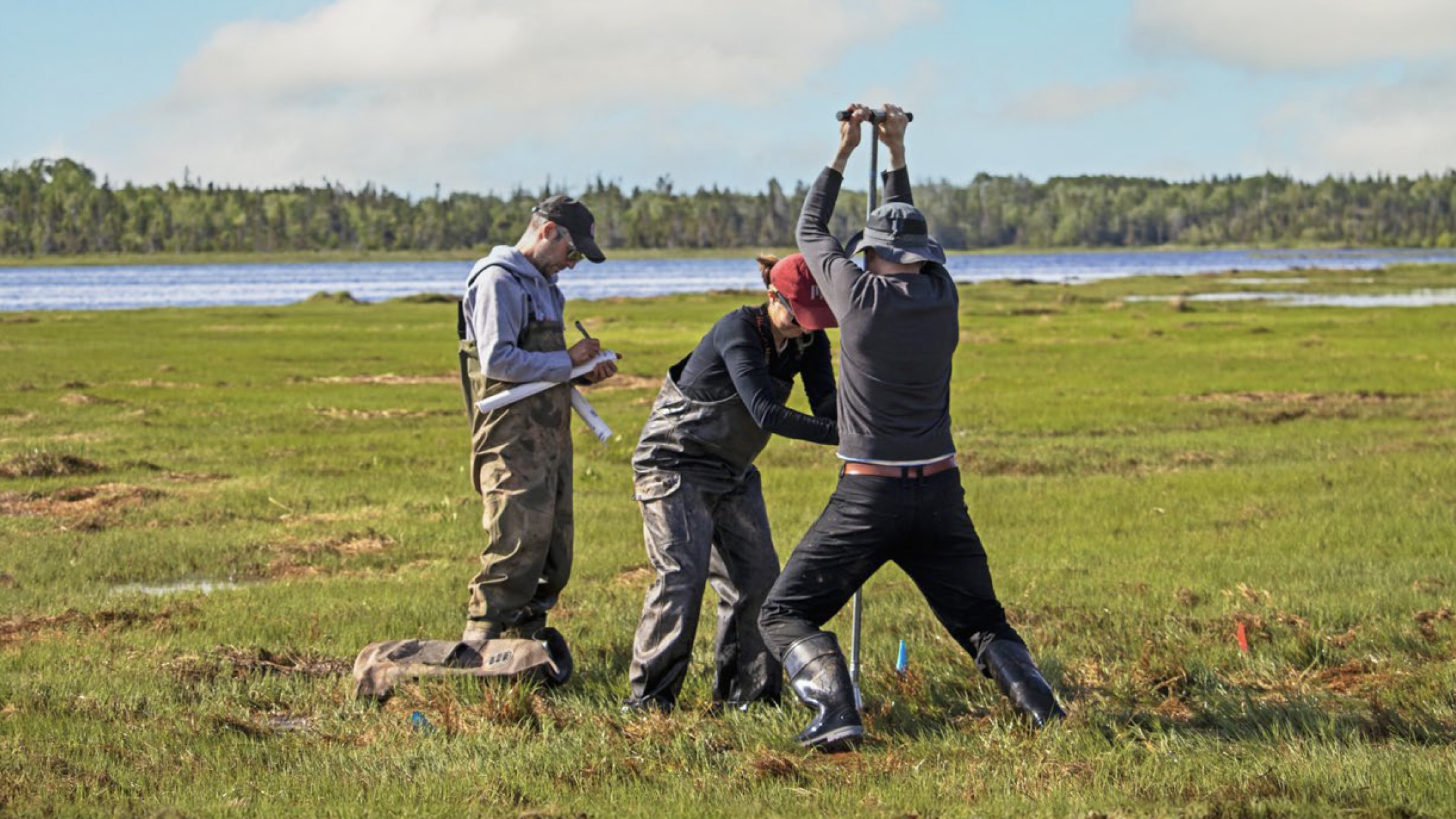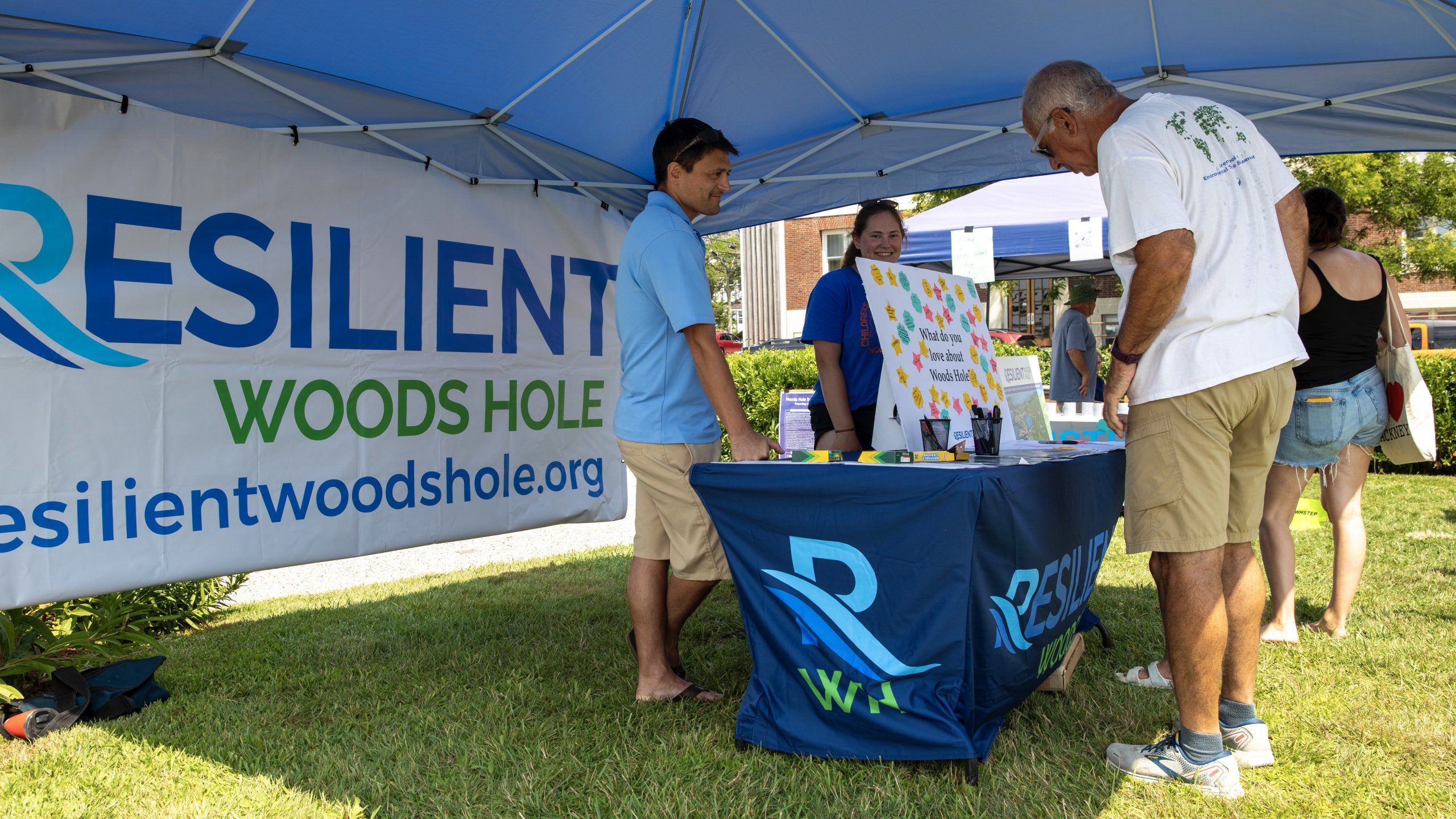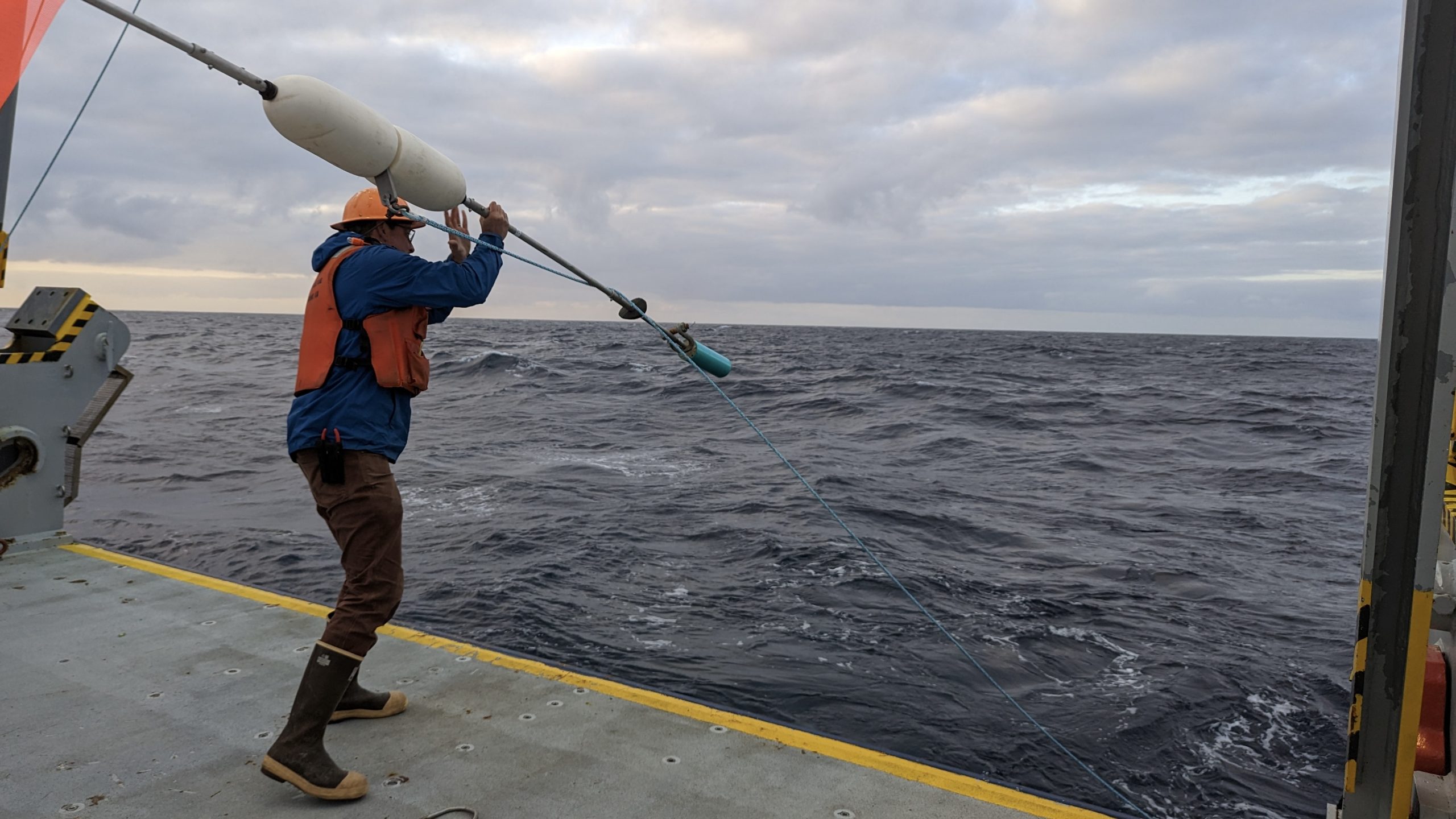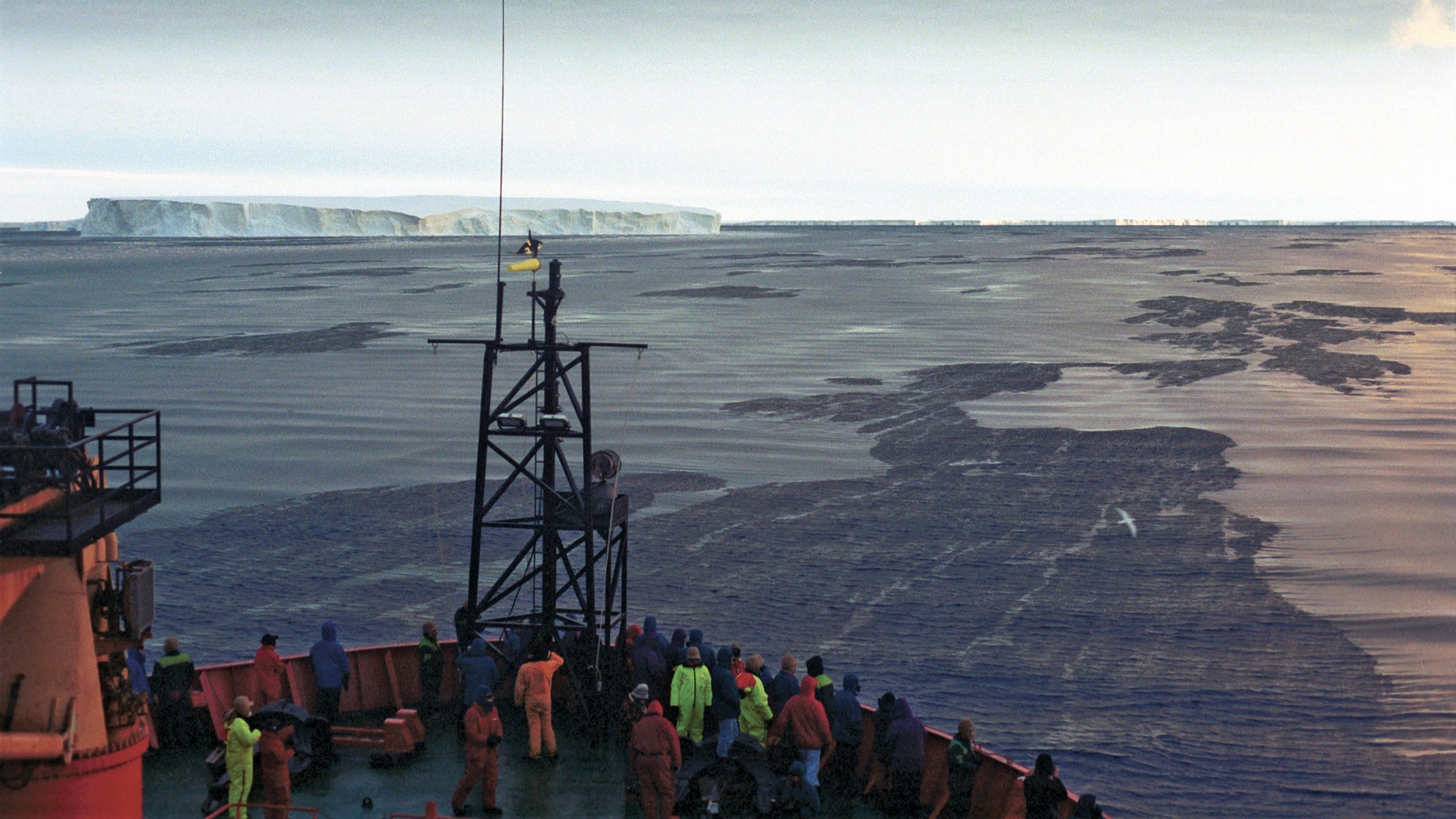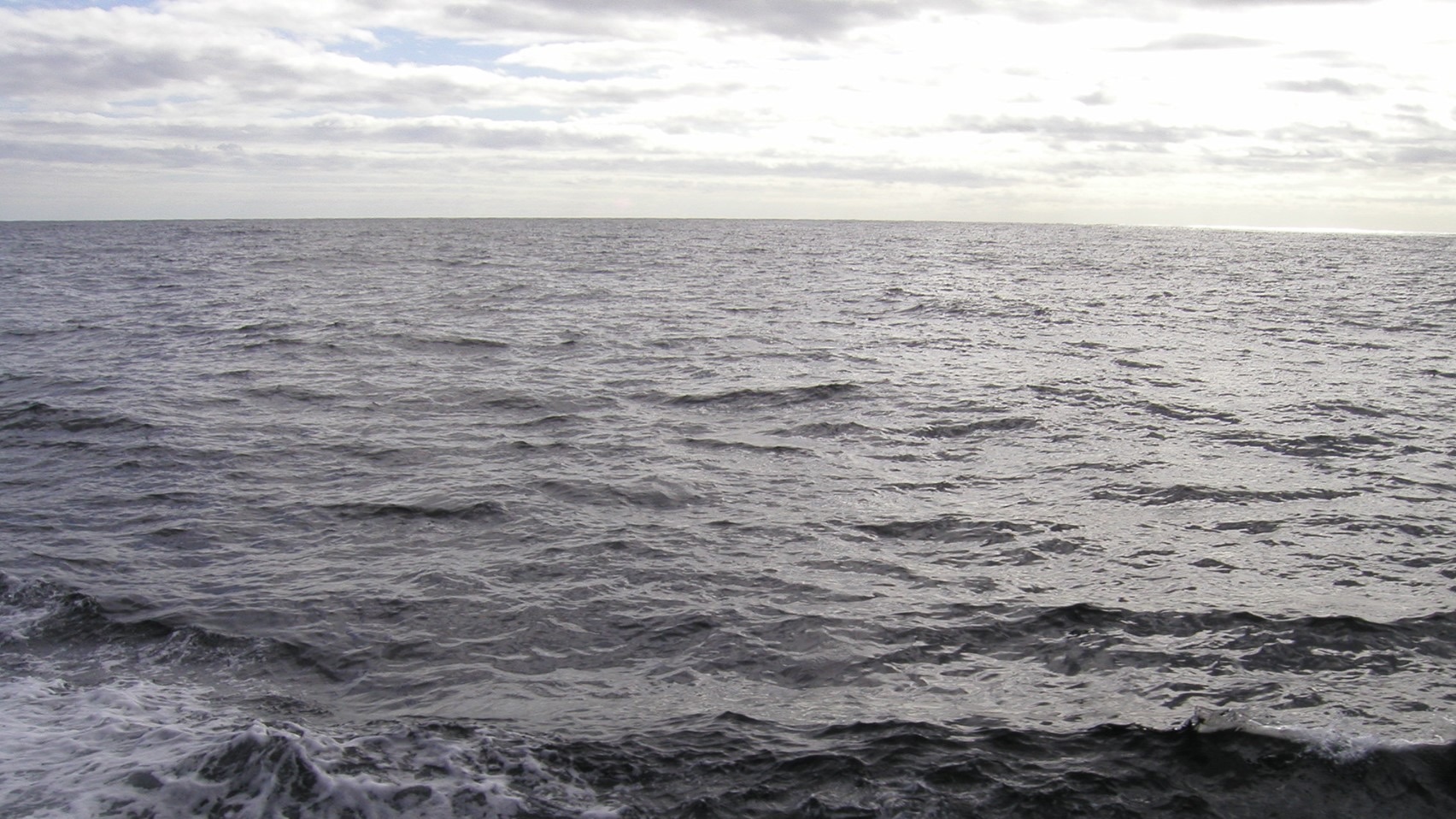News Releases
Coastal retreat in Alaska is accelerating because of compound climate impacts
Observations have shown coastal erosion as an increasing Arctic hazard, but other hazards—including sea level rise and permafrost thaw subsidence—have received less attention.
Read MoreCould a multivitamin help save coral reefs? Preliminary data says yes
Scientists from Woods Hole Oceanographic Institution partner with the University of the Virgin Islands to create a resilient artificial reef
Read MoreMulti-disciplinary teams respond to recent hurricanes to measure real time impacts of storm surge, waves
A joint team, including WHOI researchers, recently mobilized to investigate the real-time impacts of storm surge and waves from Hurricanes Helene and Milton.
Read MoreWoods Hole Oceanographic Institution and Brazilian State of Pará sign Memorandum of Understanding in advance of COP30
The agreement underscores a commitment between the two parties to host an Ocean Pavilion in the official Blue Zone of COP30 in Belem, Brazil.
Read MoreDeep ocean clues to a million-year-old Ice Age puzzle revealed in new study
A new WHOI-led study challenges theories regarding the origins of a significant transition through the Earth’s ice ages.
Read MoreWoods Hole Oceanographic Institution names Diane Foster Vice President for Academic Programs and Dean
Foster comes to WHOI after an extensive national search and brings a wealth of experience and a strong commitment to academic excellence and innovation.
Read MoreWHOI and Brazil-based NGO partner to save West Indian manatee
A new study shines light on the role of currents in marine mammal conservation
Read MoreWeddell seals in the Antarctic strategically time their most extreme dives to maximize foraging
New research from WHOI and partners sheds light on a novel dive foraging strategy.
Read MoreOcean leaders renew focus on the sea ahead of UN summit
WHOI and partners pen Baku Declaration, emphasizing the need for ocean observatories to meet climate and biodiversity goals at COP29
Read MoreWHOI researchers reinforce acoustic enhancement as a reef restoration method
Using successful techniques from an earlier study, acoustic enrichment continues to show promise
Read MoreFall 2024: Woods Hole Oceanographic Institution Elects New Corporation Members
Woods Hole, Mass. – At Woods Hole Oceanographic Institution’s (WHOI’s) Fall Joint Meeting of the Board and Corporation today, Institution leaders elected five new Corporation Members. “I am pleased to…
Read MoreThe Ocean Pavilion Returns to International Climate Conference for a Third Year
Leading science institutions and partners will make the case for greater inclusion of the ocean at COP29
Read MoreWHOI Scientists Discover Fastest Degrading Bioplastic in Seawater
A new version of CDA was found to be the fastest degrading bioplastic material tested in seawater and is a promising replacement for other long-lasting foam plastic materials.
Read MoreShip-mounted camera systems increase protections for marine mammals
This technology uses thermal imaging to detect a whale’s body or spout and provides real-time information on their distance and bearing from a vessel.
Read MoreAMS honors Dr. Amy Bower with 2025 Henry Stommel Research Medal
This is the highest honor the American Meteorological Society (AMS) presents to oceanographers.
Read MoreNew funding will boost vital reef restoration work
Coral Research and Development Accelerator Program funding will advance acoustic enhancement research in the Caribbean
Read MoreWHOI senior scientist named 2024 MacArthur Fellow
Benjamin Van Mooy receives “genius grant” for his research on biogeochemical networks and the impacts of climate change on ocean health
Read MoreWHOI receives funding for next-gen ROVs
A new, integrated system will enable ocean science, exploration, and restoration efforts from a wider range of vessels.
Read MoreA new report on coastal resilience
New report released during NY Climate Week and upcoming UN General Assembly high-level plenary meeting on threats posed by sea level rise
Read MoreResilience efforts take off nationwide, what have we learned on Cape Cod?
ResilientWoodsHole utilizes science and community to take on the impacts of climate change.
Read MoreMicrobe Dietary Preferences Influence the Effectiveness of Carbon Sequestration in the Deep Ocean
A series of seemingly small processes helps carry carbon dioxide from the ocean’s surface to the deep sea, where it can be stored away for decades.
Read MoreSwimming crustacean eats unlikely food source in the deep ocean
Increased capabilities in the human occupied submersible Alvin open a window on a rarely seen behavior.
Read MoreCan adding iron to the ocean help it absorb CO2?
A newly published article spells out the work needed to assess the potential of ocean iron fertilization as a low cost, scalable, and rapidly deployable method of mCDR.
Read MoreWoods Hole Oceanographic Institution Announces Shift of Ocean Alkalinity Enhancement Field Trials to Summer 2025
Change was made in response to changing ship availability and to resulting changes in ocean conditions later in the year
Read More
